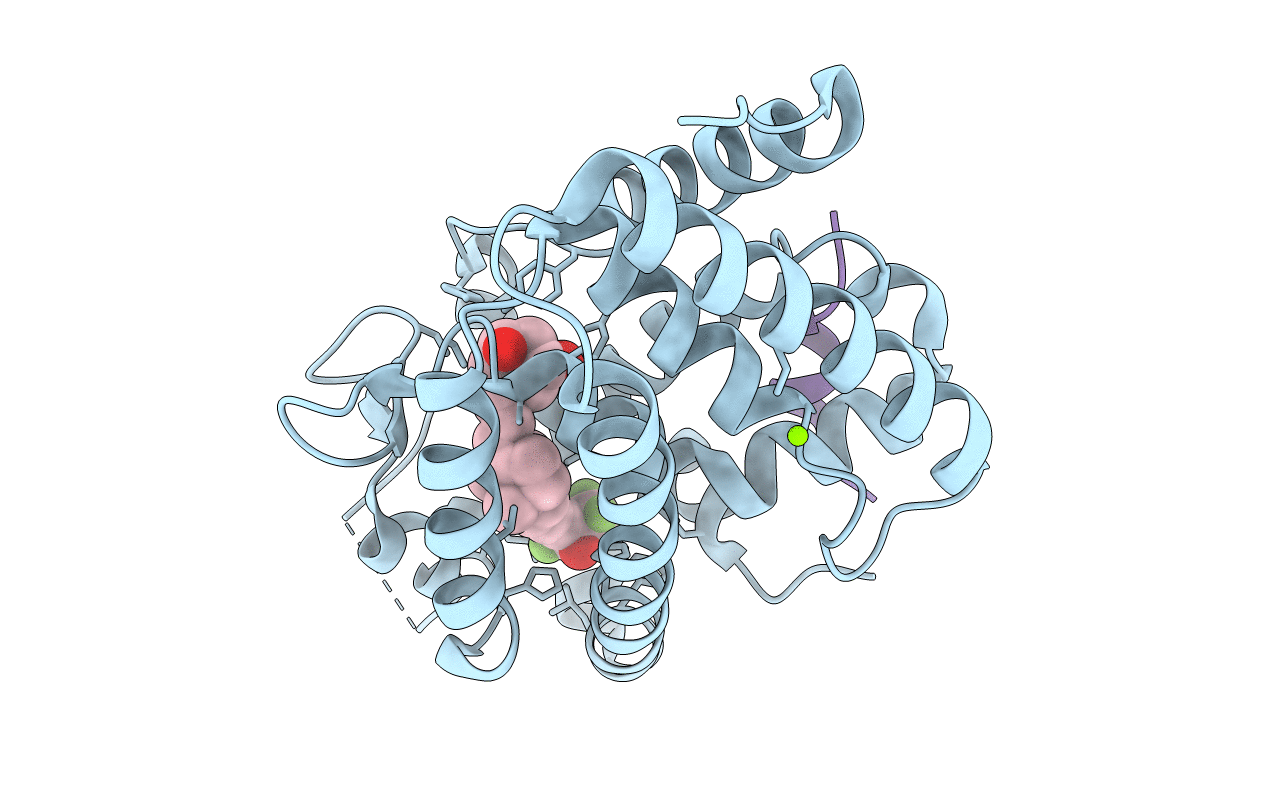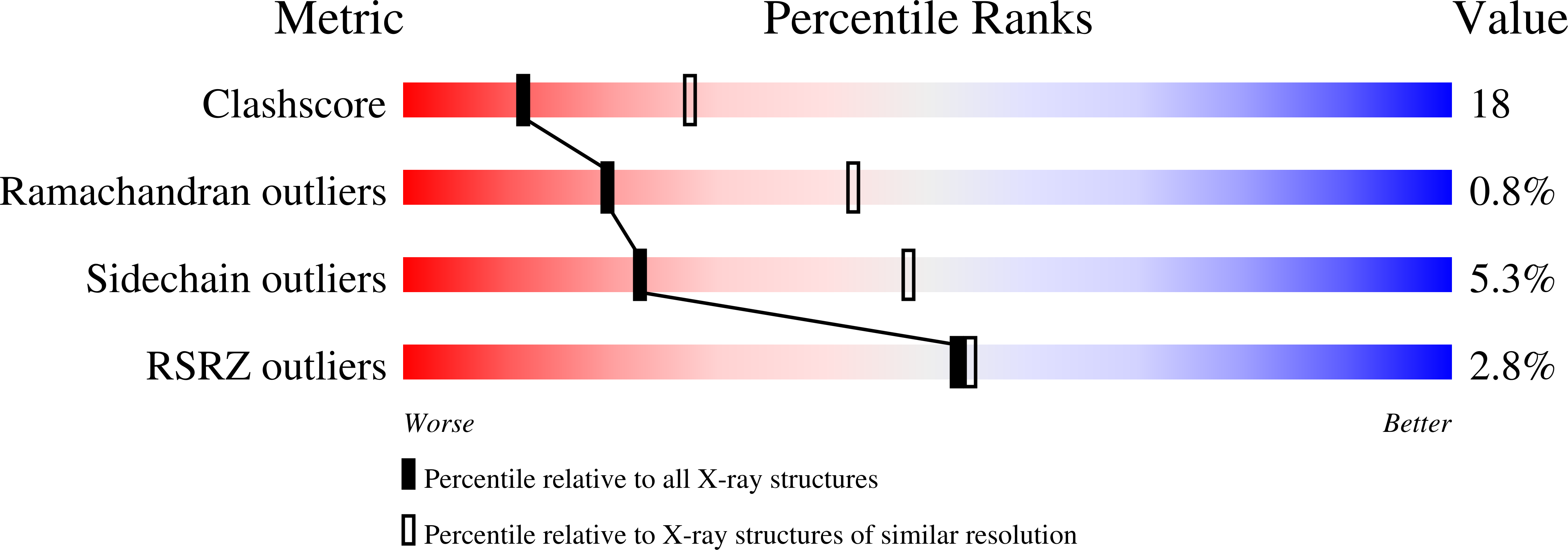
Deposition Date
2008-07-10
Release Date
2009-06-16
Last Version Date
2023-11-01
Entry Detail
PDB ID:
3DR1
Keywords:
Title:
Side-chain fluorine atoms of non-steroidal vitamin D3 analogs stabilize helix 12 of vitamin D receptor
Biological Source:
Source Organism:
Danio rerio (Taxon ID: 7955)
Homo sapiens (Taxon ID: 9606)
Homo sapiens (Taxon ID: 9606)
Host Organism:
Method Details:
Experimental Method:
Resolution:
2.70 Å
R-Value Free:
0.28
R-Value Work:
0.22
Space Group:
P 65 2 2


